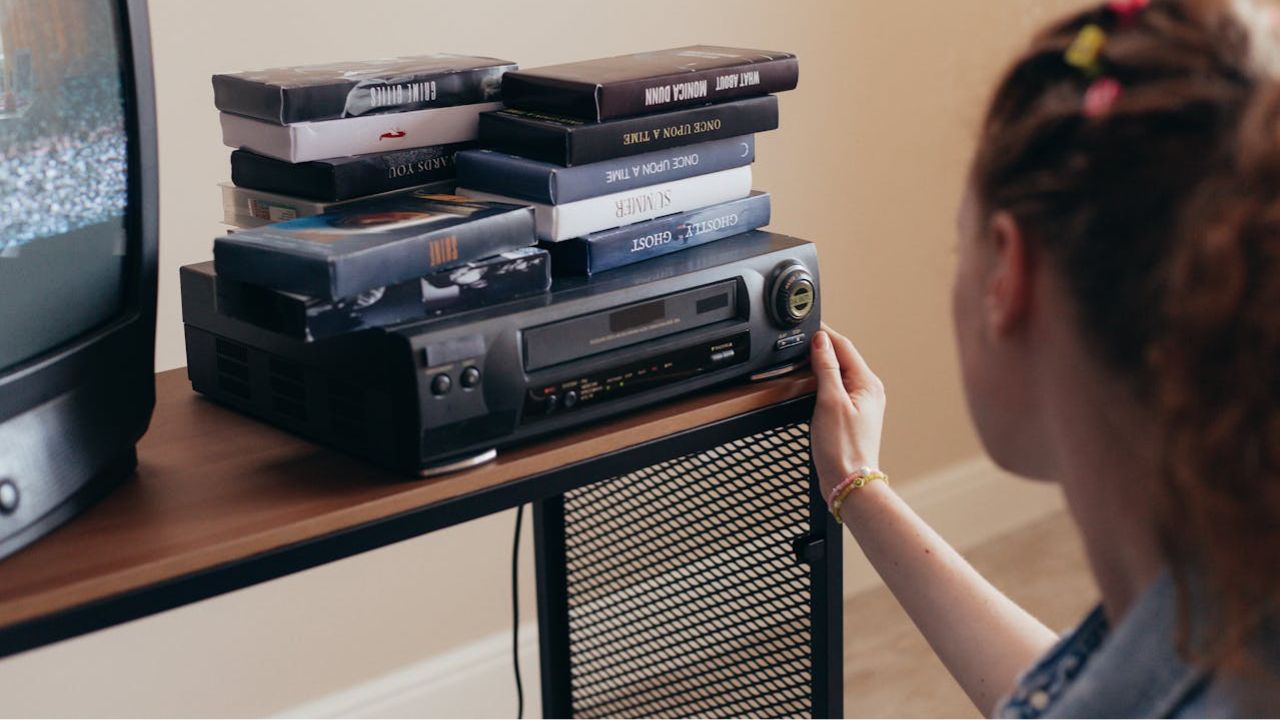Hidden value often sits on shelves, not in safes. Items gain when supply shrinks, the condition is high, and demand is trackable through sales records or grading reports. Look for first versions, limited runs, complete sets, and original packaging. Keep manuals, tags, and boxes, since provenance raises prices and reduces disputes. If you think something has legs, store it clean and dry, avoid sunlight, and photograph serial numbers. When prices rise, third-party graders and recent comps help prove value to buyers.
1. Vintage Pyrex and Fire King cookware
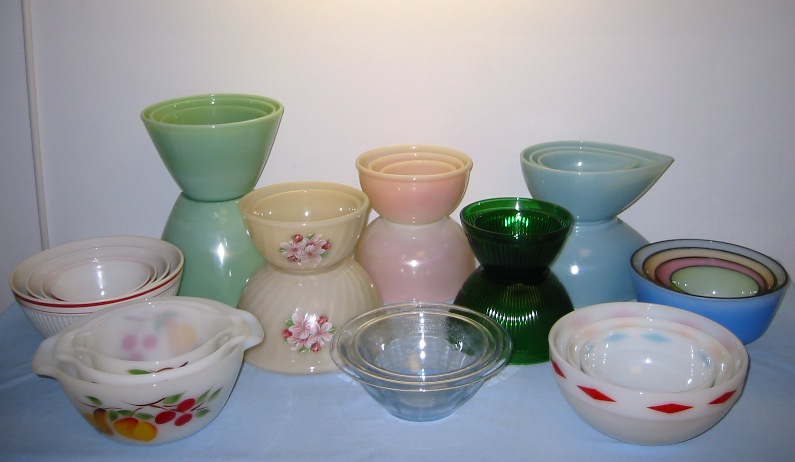
Mid-century glassware is collectible when patterns and lids match. Pyrex Gooseberry, Friendship, and Snowflake (late 1950s to 1960s) and Fire King Jadeite pieces trend well, especially nesting bowls and casseroles with original lids. Condition matters: chips and dishwasher haze sink prices, while bright color and clear stamps help. Sets bring more than singles because buyers chase complete stacks by size. Keep paperwork and racks if you have them. Avoid harsh scrubbers, and store with paper between bowls to protect the finish.
2. Early Apple devices kept in box
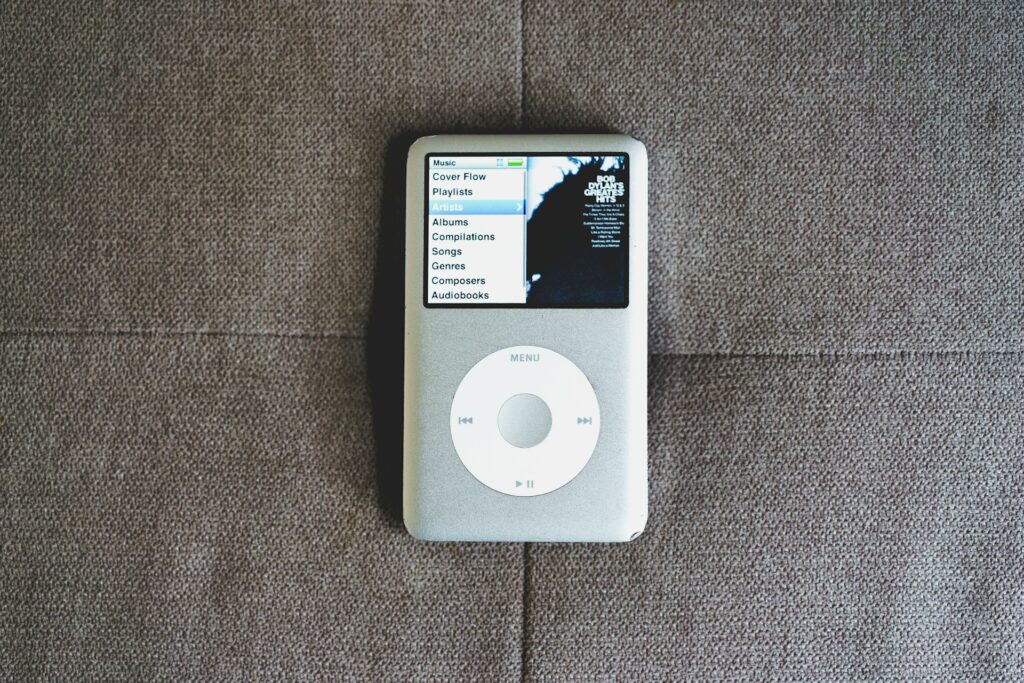
First-generation iPods from 2001 and sealed original iPhones from 2007 have sold far above retail when packaging is intact and shrink is unbroken. Even used units rise if they include box, charger, manuals, and matching serials. Factory seals and carrier labels document authenticity, which grading firms can certify. Battery swelling lowers value, so store cool and avoid charging. Photograph serial numbers on box and device. Accessories such as original earbuds and dock inserts make a complete set that attracts tech collectors.
3. Retired LEGO sets and minifigures
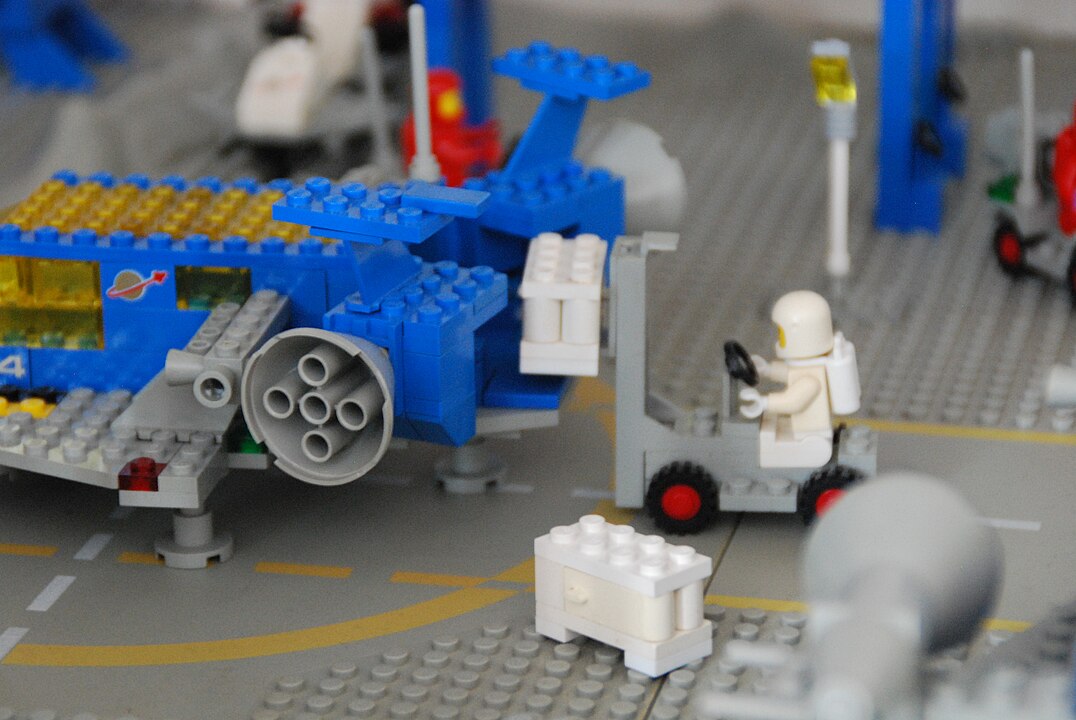
LEGO retires sets on a schedule, and out-of-production boxes often climb once supply dries up. Sealed sets with sharp corners and intact seals are strongest. Exclusive minifigures from early Star Wars, modular buildings, or Ideas releases can outpace the bricks in value. Keep bags unopened and manuals flat. Note set numbers and years on the box panel to verify listings. Sun fades boxes and bricks, so store in closets, not windows. Even opened sets rise if complete with figures and rare printed parts.
4. First press vinyl and cassettes

Music value follows pressing history. First press LPs with original matrix numbers, lyric inserts, and hype stickers beat later reissues. Small label punk, jazz, or early hip hop runs can be scarce because initial batches were tiny. Cassettes from regional scenes also move when complete with J cards. Condition grades drive price, so use poly sleeves, store vertical, and avoid attic heat. Keep an eye out for misprints, banned covers, and club edition notes that change demand. Clean records with proper fluid, not kitchen soap.
5. Video games with original boxes
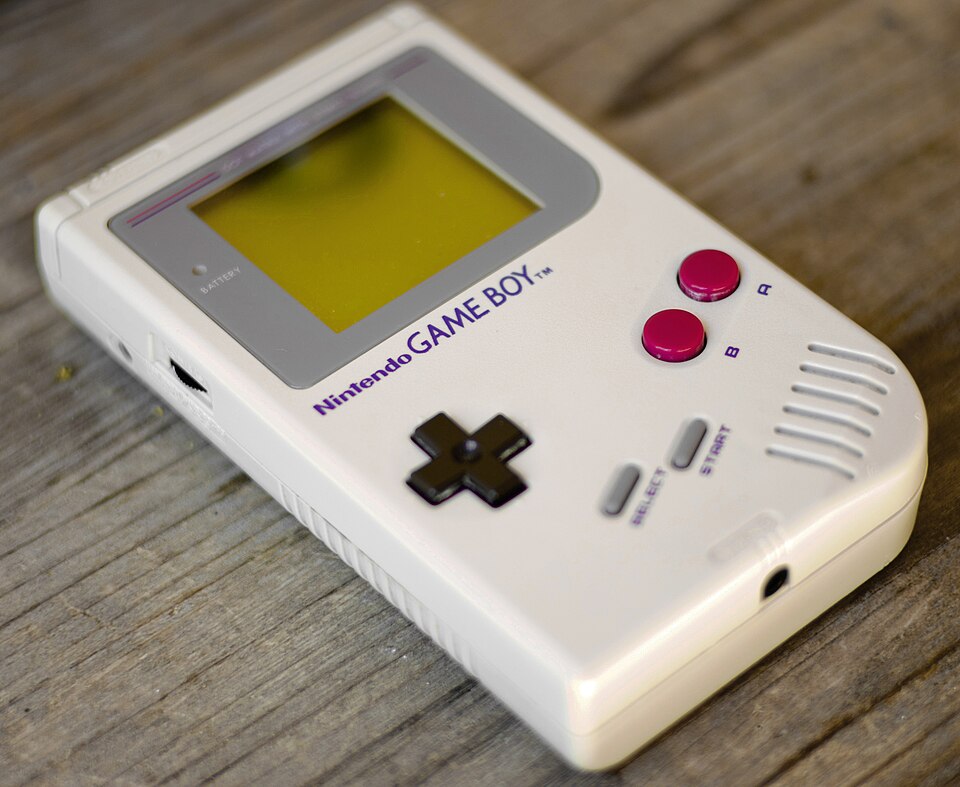
Cartridges from NES, SNES, Game Boy, and early PlayStation rise when complete in box with manual, tray, and matching region code. Boxes were often tossed, so intact cardboard is the rare piece. Sealed games graded by third parties can command premiums, but even opened copies gain if clean and complete. Save registration cards, maps, and controller inserts. Store upright in plastic protectors to prevent box crush. Disc games need scratch free surfaces and original case art. Photograph spines and serials for listings.
6. Sports and trading cards
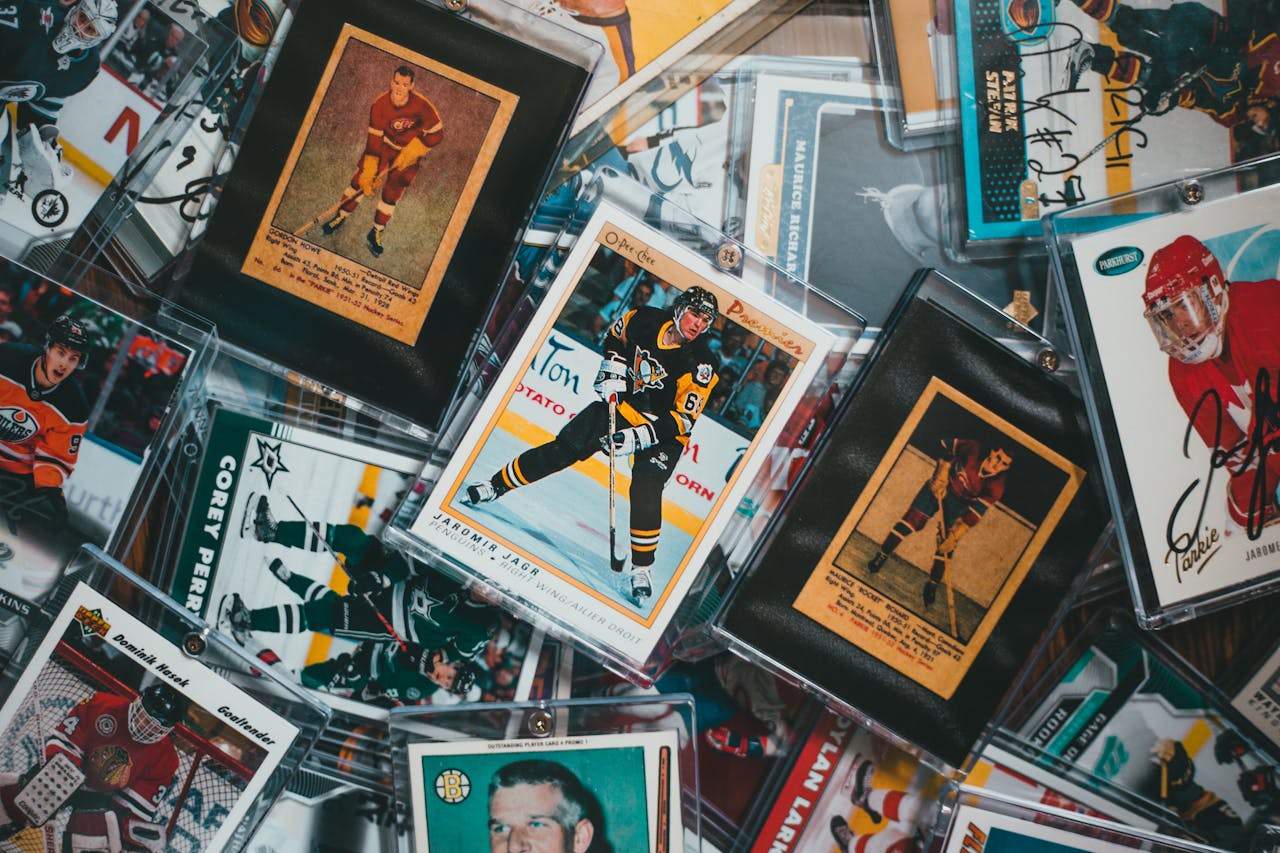
Pre-1980 cards can be valuable if centered, sharp, and uncreased. Modern hits come from serial-numbered parallels, on-card autographs, and short-print rookies. Grading companies publish population reports that reveal scarcity, which affects price. Keep raw cards in penny sleeves and top loaders, and avoid rubber bands that dent edges. Binders with acid-free pages work for sets. Save unopened older packs if you have them. Document pulls with photos so buyers can match features like holograms and print codes.
7. Vintage concert tees and tour merch
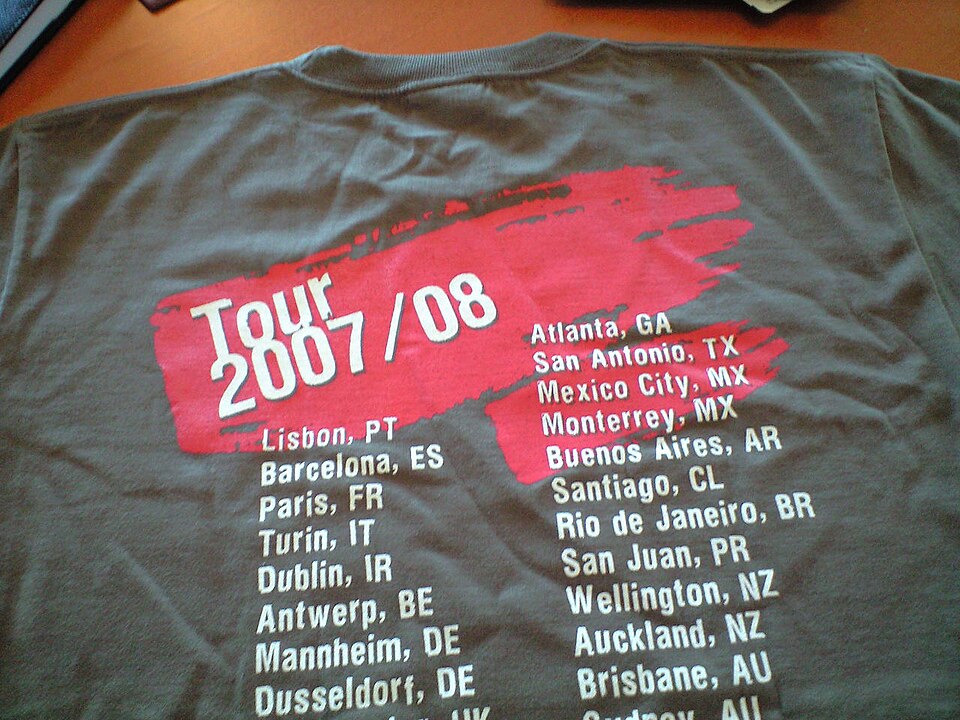
Original tour shirts from the 1970s to 1990s do well when tags, dates, and venues are printed and fabric is intact. Single stitch hems often signal older production, and copyright lines near the hem or neck help confirm era. Fading is accepted if graphics are strong, but holes and large stains cut price. Keep posters, ticket stubs, and programs with the shirt to boost provenance. Wash inside out in cold water and air dry to preserve ink. Avoid heat that cracks prints and shrinks cotton.
